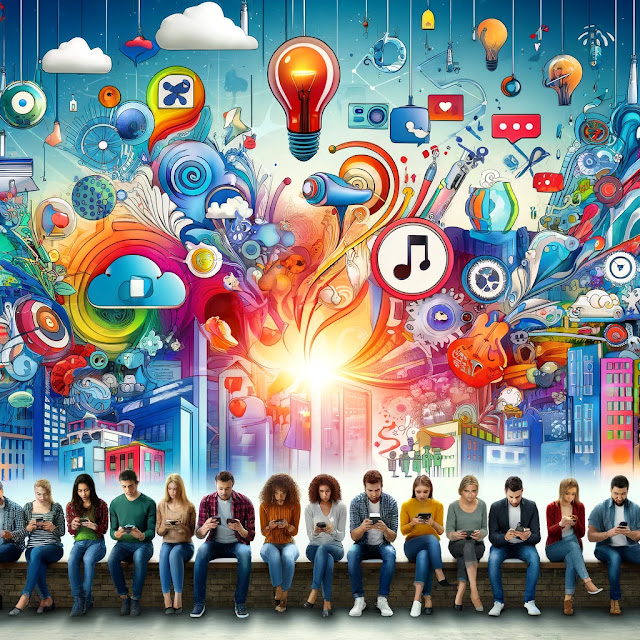From Xerox to AI: The Technological Eras Reshaping Artistic Expression

People often dismiss computers as non-creative, arguing they only execute pre-programmed instructions from humans. Yet, modern computers are crafting novel art, literature, and music, often revealing solutions to problems we didn't know existed. Consider Chester Carlson, a physicist turned law student, who, while too poor to buy books, spent hours in libraries hand-copying texts. Frustrated by this laborious process and the limitations of existing duplicating machines, Carlson envisioned a simpler method. In 1938, in his modest New York City kitchen, Carlson devised an early photocopier using electrostatics and powders—despite the danger and primitive conditions. Lacking funds and wearing threadbare clothes, he struggled to convince over twenty companies, including IBM, of his invention’s potential; they failed to see the necessity for such a device. In 1946, John Dessauer of Haloid Company in Rochester took a chance on Carlson's concept. By 1956, they introduced the groundbr...




%20environm.webp)


%20and%20virtual%20reality%20(VR).%20The%20image%20should%20include%20a%20person%20wearing%20a%20VR%20headset,%20inter.webp)

